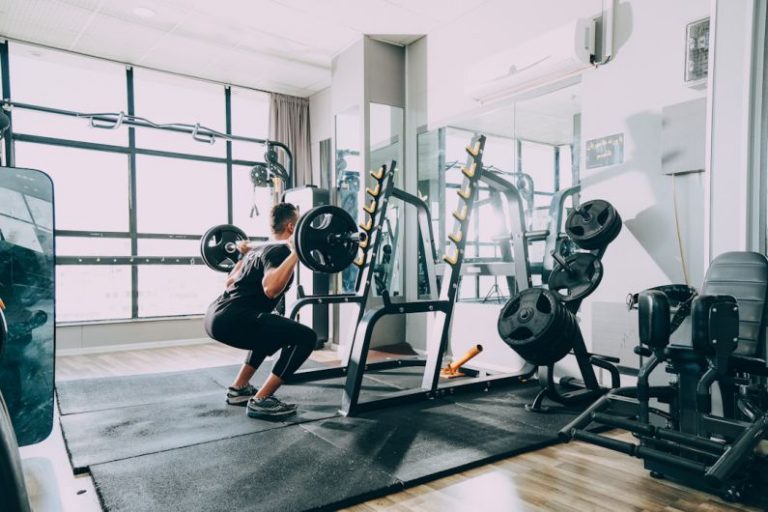High-intensity Interval Training (hiit) Explained
In the pursuit of fitness and health, many individuals are constantly seeking new and effective ways to optimize their workout routines. One popular method that has gained significant traction in recent years is High-intensity Interval Training, commonly known as HIIT. This workout strategy has been praised for its efficiency and effectiveness in achieving fitness goals in a shorter amount of time compared to traditional exercise routines. Let’s delve into the details of HIIT and understand why it has become a go-to choice for many fitness enthusiasts.
The Basics of HIIT
HIIT involves alternating between short bursts of intense exercise and periods of rest or lower-intensity exercise. The key principle behind HIIT is to push your body to its limits during the high-intensity intervals, followed by brief recovery periods to allow for partial or full recovery before the next intense interval. This cycle is typically repeated for a set number of rounds or a specific duration, making HIIT a time-efficient workout option for those with busy schedules.
Benefits of HIIT
1. Efficient Fat Burning: One of the primary benefits of HIIT is its ability to torch calories and promote fat loss in a shorter amount of time. The intense bursts of exercise elevate your heart rate and metabolism, leading to increased calorie burn during and after the workout.
2. Improved Cardiovascular Health: HIIT has been shown to enhance cardiovascular fitness by challenging the heart and lungs with intense intervals of exercise. Over time, regular HIIT sessions can improve your heart’s efficiency in pumping blood and your body’s capacity to utilize oxygen during physical activity.
3. Time-Saving Workouts: With HIIT, you can achieve significant fitness gains in a fraction of the time compared to longer, steady-state workouts. This makes HIIT an attractive option for individuals looking to maximize their workout efficiency without spending hours in the gym.
4. Boosted Metabolism: The intense nature of HIIT can elevate your metabolic rate even after you’ve finished your workout. This phenomenon, known as excess post-exercise oxygen consumption (EPOC), means that your body continues to burn calories at an elevated rate post-exercise to aid in recovery and replenish energy stores.
How to Incorporate HIIT into Your Routine
To reap the benefits of HIIT, it’s essential to structure your workouts effectively. Here are some key tips for incorporating HIIT into your fitness routine:
– Choose Your Exercises Wisely: HIIT can be performed with a variety of exercises, including bodyweight movements, sprints, cycling, or even using equipment like kettlebells or battle ropes. Select exercises that target multiple muscle groups and allow for high-intensity effort.
– Set Intervals and Rest Periods: Determine the work-to-rest ratio that suits your fitness level and goals. For example, a common HIIT protocol is 20 seconds of intense exercise followed by 10 seconds of rest, repeated for several rounds. Adjust the intervals and rest periods based on your fitness level and progression.
– Monitor Intensity: During the high-intensity intervals, aim to work at a level that feels challenging but sustainable for the duration of the interval. Listen to your body and adjust the intensity as needed to maintain proper form and effort.
– Stay Consistent: Like any workout regimen, consistency is key to seeing results with HIIT. Aim to incorporate HIIT sessions into your weekly routine and gradually increase the intensity and duration as your fitness improves.
Incorporating HIIT into your fitness routine can offer a time-efficient and effective way to achieve your fitness goals. By leveraging the principles of high-intensity intervals and strategic rest periods, you can maximize your workout efficiency and experience the benefits of this dynamic training approach. Give HIIT a try and discover the transformative power of this popular workout method.






